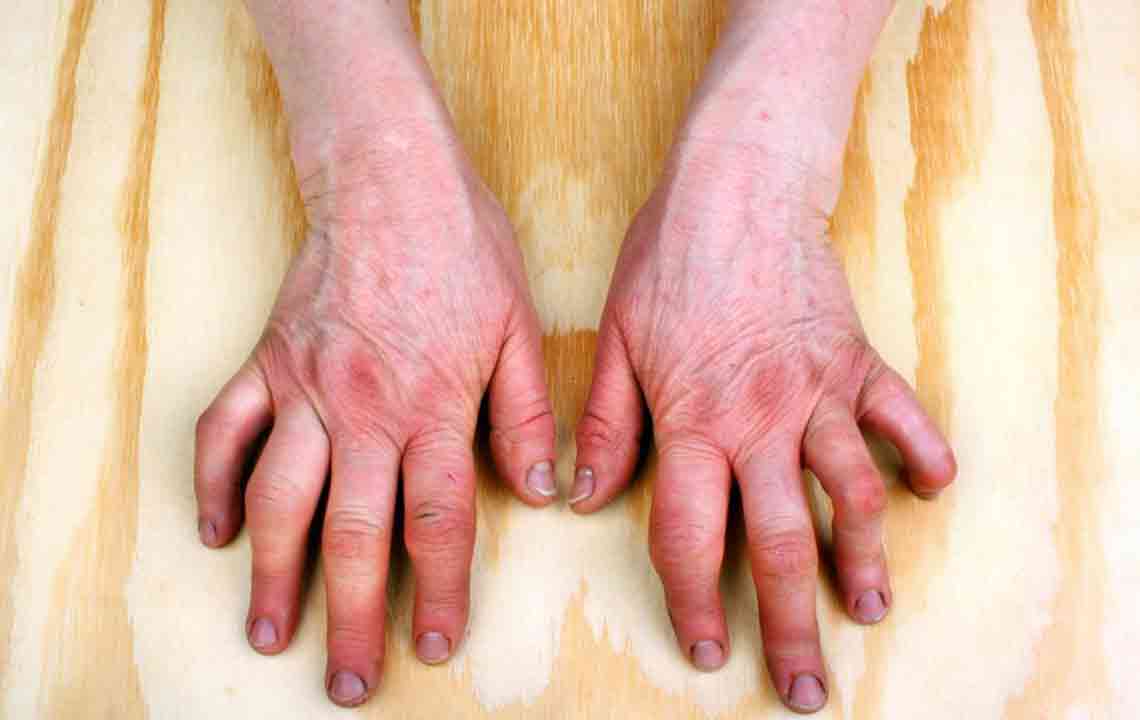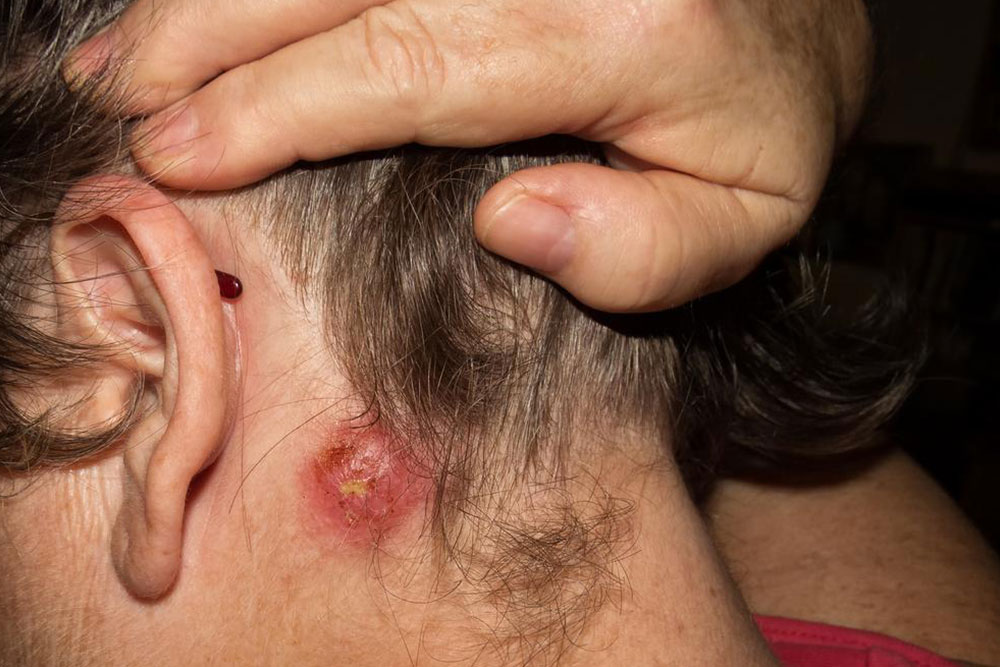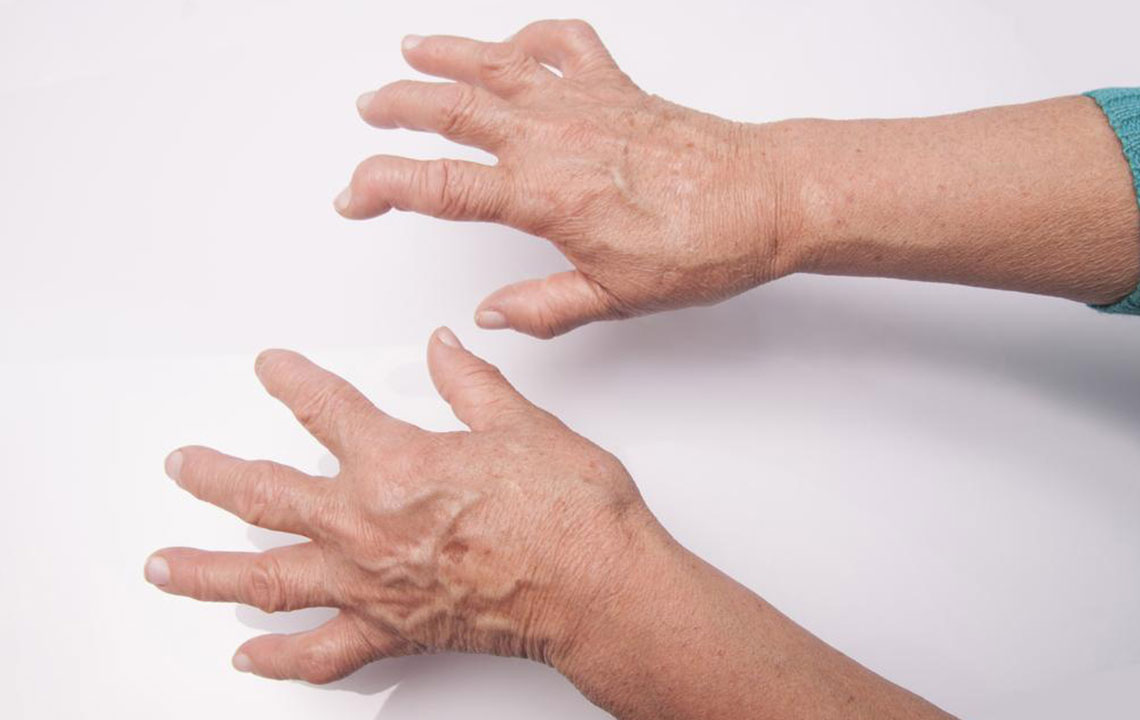Early Detection of Rheumatoid Arthritis: Key Diagnostic Tests
Early diagnosis of rheumatoid arthritis is crucial for effective management. Key tests include blood work for autoantibodies and inflammation markers, physical assessments, and imaging studies like X-rays and MRIs. Recognizing the initial symptoms such as joint stiffness, swelling, and nodules allows healthcare providers to identify the disease early, preventing severe joint damage and other complications. Rheumatologists specialize in differentiating RA from other joint disorders, ensuring accurate diagnosis and timely intervention for better health outcomes. Early testing and treatment significantly improve quality of life for patients with rheumatoid arthritis.
Early Detection of Rheumatoid Arthritis: Key Diagnostic Tests
Autoimmune disorder rheumatoid arthritis prompts the immune system to attack joint linings, especially in hands and feet, leading to inflammation, swelling, and stiffness. Typically, a healthy immune system fights off pathogens, but in rheumatoid arthritis, it mistakenly targets the body's own tissues.
Initial symptoms of rheumatoid arthritis include joint stiffness and swelling. These early signs could also be symptoms of other conditions, making accurate diagnosis essential.

Fever, fatigue, and unexplained weight loss are common but nonspecific symptoms. When combined with specific indicators, these signs help clinicians pinpoint rheumatoid arthritis. In 1988, the American Rheumatism Association updated diagnostic criteria based on studies involving over 260 patients with the condition and matched controls. Key early symptoms include:
Morning joint stiffness lasting over an hour
Swelling around joint tissues
Swelling in finger and wrist joints
Symmetrical joint swelling
Rheumatoid nodules
Presence of rheumatoid factor or autoantibodies
Joint erosion visible on radiographs
Specialist rheumatologists use these criteria to diagnose rheumatoid arthritis accurately, differentiating it from other joint diseases such as osteoarthritis. Besides joint damage, rheumatoid arthritis may affect eyes, gums, skin, and other tissues, causing inflammation, sores, and lesions.
Diagnostic procedures for rheumatoid arthritis
No single test conclusively diagnoses rheumatoid arthritis. Instead, a combination of physical assessments, blood tests, and imaging studies are used.
Physical and laboratory evaluations
Doctors perform thorough physical exams based on established criteria. Blood tests further aid the diagnosis, focusing on autoantibodies and inflammation markers.
Blood testing
Serological tests: Measure rheumatoid factor and anti-CCP antibodies. These autoantibodies are often present in RA patients, especially in advanced cases.
Inflammatory markers: ESR and CRP tests detect inflammation levels, correlating with disease activity and progression.
Additional tests may analyze antinuclear antibodies or genetic markers like HLA to assess inherited risks.
Imaging examinations
Imaging techniques such as X-rays, MRI, and ultrasound reveal joint and tissue damage, helping confirm diagnosis and monitor disease progression.
Early detection through these tests is critical, as the initial two years usually cause the most joint damage. Since rheumatoid arthritis currently has no cure, timely diagnosis and treatment are vital to improve outcomes.
Note:
This blog covers various health topics, providing useful insights based on research. The information is not a substitute for professional medical advice. The site is not responsible for data inaccuracies or discrepancies across platforms. Consult healthcare professionals for personalized diagnosis and treatment options.










